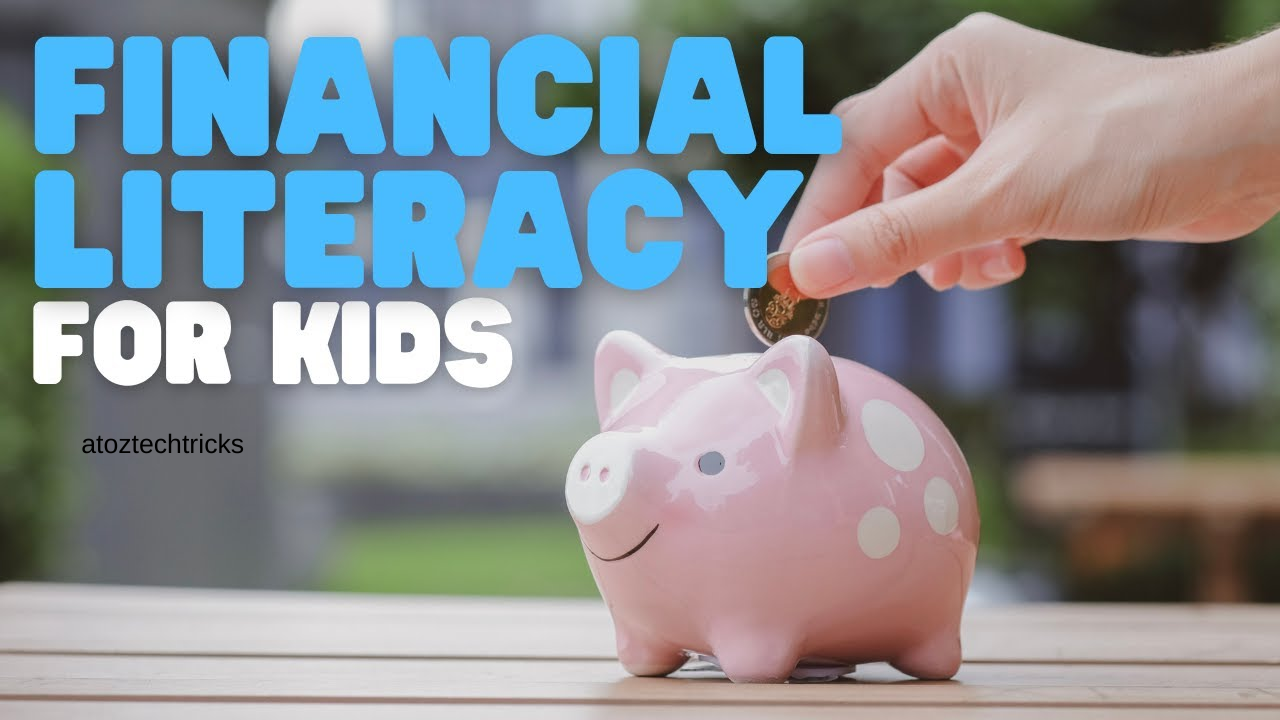Planning for Early Retirement: A Comprehensive Guide to Achieving Financial Independence
Retiring early is a dream many aspire to, but few fully understand the complexities involved in making it a reality. Early retirement is about more than just leaving the workforce at a younger age; it’s about achieving financial independence, maintaining a desired lifestyle, and navigating the challenges that come with potentially decades of non-working years. This guide delves into the essentials of planning for early retirement, offering strategies, tips, and insights to help you reach your goal of financial freedom sooner rather than later.
Understanding Early Retirement
Before diving into the specifics of planning, it’s important to define what early retirement means. Traditionally, retirement age is considered to be around 65, when individuals can start receiving full Social Security benefits in the United States. Early retirement, however, refers to retiring significantly earlier, often in one’s 50s, 40s, or even 30s. This requires a level of financial preparation that far exceeds conventional retirement planning, as it is accumulating wealth quickly and also managing it wisely over a potentially extended retirement period.
Assessing Your Retirement Goals
The first step in planning for early retirement is clearly defining your retirement goals. This includes understanding why you want to retire early and what you envision your post-retirement life to look like. Some common motivations for early retirement include the desire for more freedom, the opportunity to pursue personal passions or simply to escape the daily grind of a full-time job. Once you have a clear vision, you can start calculating the financial requirements to achieve this lifestyle.
Key Questions to Consider:
- What kind of lifestyle do you want to maintain during retirement?
- Will you continue to work part-time or generate income through other means?
- Where do you plan to live, and how will the cost of living there impact your finances?
- What are your health and long-term care considerations?

Calculating the Cost of Early Retirement
Early retirement requires a thorough understanding of your financial needs, as retiring earlier means you’ll need to support yourself for a longer period without a steady income. The first step in this process is to estimate your annual expenses during retirement. This should include all essential costs such as housing, healthcare, food, and transportation, as well as discretionary spending on travel, hobbies, and entertainment.
Estimating Retirement Expenses
To calculate your estimated annual expenses in retirement, start by reviewing your current spending habits. Consider how these might change after you retire. For example, you may spend less on commuting or work-related expenses but more on healthcare or leisure activities. It’s also essential to account for inflation, which can erode purchasing power over time.
Key Categories to Include:
- Housing: Mortgage payments, rent, property taxes, maintenance, and utilities.
- Healthcare: Insurance premiums, out-of-pocket expenses, and long-term care.
- Daily Living Expenses: Groceries, utilities, transportation, and personal care.
- Leisure and Travel: Vacations, dining out, and hobbies.
- Miscellaneous: Emergency funds, gifts, and unexpected costs.
The 4% Rule
One popular rule of thumb in retirement planning is the 4% rule, which suggests that you can safely withdraw 4% of your retirement savings each year without running out of money for at least 30 years. For example, if you have $1 million saved, you could withdraw $40,000 annually. However, this rule may need adjustment for early retirees, who will likely need to stretch their savings over a longer period. In such cases, a more conservative withdrawal rate, such as 3%, might be more appropriate.
Building Your Retirement Savings
Once you’ve determined your retirement goals and estimated expenses, the next step is to build a substantial retirement savings portfolio. The earlier you start, the better, as compounding interest plays a crucial role in growing your wealth over time.
Maximize Contributions to Retirement Accounts
To retire early, you’ll need to aggressively save and invest. Maximizing contributions to tax-advantaged retirement accounts like 401(k)s, IRAs and Roth IRAs is crucial. If your employer offers a 401(k) match, contribute at least enough to receive the full match, as it’s essentially free money.
- 401(k) and 403(b) Plans: Contribute the maximum allowed by the IRS each year. In 2024, the limit is $22,500, with an additional catch-up contribution of $7,500 if you’re over 50.
- Traditional and Roth IRAs: The annual contribution limit for IRAs in 2024 is $6,500, with a catch-up contribution of $1,000 for those over 50.
- Health Savings Accounts (HSAs): If you have a high-deductible health plan, contribute to an HSA. These accounts offer triple tax advantages and can be used to cover healthcare costs in retirement.
Mastering Personal Budgeting: Tips and Strategies to Take Control of Your Finances
Invest Wisely
Saving alone isn’t enough to ensure a comfortable early retirement; you also need to invest your savings to outpace inflation and grow your wealth. A well-diversified portfolio that balances risk and reward is essential. This typically involves a mix of stocks, bonds, and other assets.
- Stocks: Equities tend to offer higher returns over the long term, which is vital for growing your retirement savings. Consider a mix of domestic and international stocks to diversify your risk.
- Bonds: While bonds offer lower returns, they provide stability to your portfolio. As you get closer to retirement, gradually increase your allocation to bonds to reduce risk.
- Real Estate: Real estate can provide both income and capital appreciation. Rental properties, REITs (Real Estate Investment Trusts), or direct property investments can diversify your income sources.
- Alternative Investments: Consider alternative investments like commodities, precious metals, or cryptocurrencies for additional diversification. However, these should be a small portion of your portfolio due to their higher risk.
Monitor and Rebalance Your Portfolio
Regularly reviewing and rebalancing your portfolio is crucial to ensure it aligns with your risk tolerance and retirement timeline. As you approach retirement, shift your investments towards safer assets to protect your wealth from market volatility.
Managing Taxes for Early Retirement
Tax planning is a critical aspect of early retirement, as minimizing taxes can significantly enhance your financial security. Early retirees need to be particularly mindful of the tax implications of withdrawing from retirement accounts, as well as strategies to reduce their tax burden.
Roth Conversions
One effective strategy for early retirees is to convert traditional IRA or 401(k) funds to a Roth IRA. Roth IRAs allow for tax-free withdrawals in retirement, which can be especially beneficial if you expect your tax rate to be higher in the future. However, Roth conversions trigger a tax liability in the year of conversion, so careful planning is necessary to avoid being pushed into a higher tax bracket.
Strategic Withdrawals
To minimize taxes, plan your withdrawals strategically. For instance, you might draw down taxable accounts first, followed by tax-deferred accounts like 401(k)s, and finally tax-free accounts like Roth IRAs. This approach can help you manage your taxable income and reduce the impact of required minimum distributions (RMDs) later in life.
Tax-Efficient Investing
Consider tax-efficient investing strategies, such as holding tax-efficient funds in taxable accounts and using tax-advantaged accounts for less tax-efficient investments. Municipal bonds, for example, offer tax-free interest income and can be a good option for early retirees in higher tax brackets.

Healthcare Considerations
One of the most significant challenges for early retirees is healthcare. Without access to employer-sponsored health insurance, you’ll need to find and fund your coverage until you’re eligible for Medicare at age 65.
Health Insurance Options
- COBRA: If you leave your job before age 65, COBRA allows you to continue your employer’s health insurance for up to 18 months, though you’ll have to pay the full premium.
- Affordable Care Act (ACA) Marketplace: The ACA offers health insurance plans for individuals under 65. Depending on your income, you may qualify for subsidies to reduce your premiums.
- Health Sharing Plans: Health sharing plans are an alternative to traditional health insurance, where members share each other’s medical costs. These plans are generally less expensive but come with more restrictions.
- Health Savings Account (HSA): If you have an HSA, consider using it to pay for qualified medical expenses tax-free in retirement. The funds in an HSA can also be invested and grow tax-free, making it a valuable tool for covering healthcare costs.
Long-Term Care Insurance
Long-term care is another critical consideration for early retirees. As people live longer, the need for long-term care services is increasing, and the costs can be substantial. Long-term care insurance can help cover the cost of services like nursing home care, home health care, and assisted living, preserving your retirement savings.
Managing Risk in Early Retirement
Early retirement comes with unique risks that need to be managed carefully to ensure your financial security. These include longevity risk, market risk, and inflation risk.
Longevity Risk
Outliving your savings is a significant concern for early retirees. To mitigate this risk, consider the following strategies:
- Annuities: Annuities can provide a guaranteed income stream for life, helping to ensure you don’t run out of money.
- Diversified Portfolio: A well-diversified investment portfolio that includes a mix of stocks, bonds, and other assets can help your savings last longer.
- Part-Time Work: Some early retirees choose to work part-time during retirement to supplement their income and reduce the need to draw down savings.
Market Risk
Market volatility can pose a threat to your retirement savings, especially if you’re heavily invested in equities. Strategies to manage market risk include:
- Sequence of Returns Risk: Withdrawals made during market downturns can significantly impact your portfolio’s longevity. Consider maintaining a cash reserve or a conservative allocation during the early years of retirement to protect against a sequence of returns risk.
- Safe Withdrawal Rate: As mentioned earlier, adhering to a conservative withdrawal rate, such as 3%, can help protect your savings from market volatility.
How to Adjust Your Budget for Life Changes: A Comprehensive Guide
Inflation Risk
Inflation erodes the purchasing power of your savings over time. To combat inflation risk:
- Inflation-Protected Securities: Invest in assets that offer protection against inflation, such as Treasury Inflation-Protected Securities (TIPS) or real estate.
- Equities: Stocks tend to outpace inflation over the long term, making them an essential part of a retirement portfolio.
- Cost-of-Living Adjustments: Consider choosing retirement income sources, such as annuities, that offer cost-of-living adjustments to keep pace with inflation.
Psychological and Lifestyle Considerations
Retiring early isn’t just a financial decision; it’s a significant lifestyle change that requires careful consideration of the psychological aspects of leaving the workforce.
Purpose and Identity
For many, work provides a sense of purpose and identity. Without it, some early retirees struggle with feelings of loss or a lack of direction. To avoid this, it’s important to have a plan for how you’ll spend your time in retirement. This might include pursuing hobbies, volunteering, travelling, or starting a new business.
Social Connections
Work also provides social connections that can be lost in retirement. Staying socially active is crucial for maintaining mental and emotional well-being. Engage in activities that allow you to connect with others, whether it’s through clubs, community organizations, or simply spending more time with family and friends.
Continuous Learning
Retirement offers the opportunity to continue learning and growing. Whether it’s taking up a new hobby, learning a new skill, or pursuing further education, continuous learning can keep your mind sharp and provide a sense of accomplishment.
Creating a Retirement Plan
With all these considerations in mind, creating a comprehensive retirement plan is essential for achieving early retirement. Your plan should outline your goals, savings strategy, investment approach, and withdrawal plan.
Step-by-Step Retirement Planning Process
- Set Clear Goals: Define what early retirement means to you and what you want to achieve.
- Calculate Your Financial Needs: Estimate your retirement expenses and determine how much you need to save.
- Create a Savings Plan: Maximize contributions to retirement accounts and invest wisely to grow your wealth.
- Develop a Withdrawal Strategy: Plan how you’ll withdraw funds in retirement to minimize taxes and preserve your savings.
- Plan for Healthcare: Explore health insurance options and consider long-term care insurance.
- Manage Risk: Address longevity, market, and inflation risks through diversification, conservative withdrawal rates, and appropriate investments.
- Consider Lifestyle Factors: Prepare for the psychological and social changes that come with early retirement.
- Review and Adjust: Regularly review your retirement plan and make adjustments as needed to stay on track.

Planning for early retirement is a complex but achievable goal that requires careful financial planning, disciplined saving, and strategic investing. By setting clear goals, estimating your retirement needs, and managing risks, you can build a retirement plan that allows you to retire on your terms. Remember, early retirement isn’t just about financial independence; it’s about creating a life that you enjoy and find fulfilling. With the right plan in place, you can achieve the freedom to live life on your schedule, pursue your passions and spend time with those you love.
How to Effectively Budget for Unexpected Expenses – Tips and Strategies




Post Comment